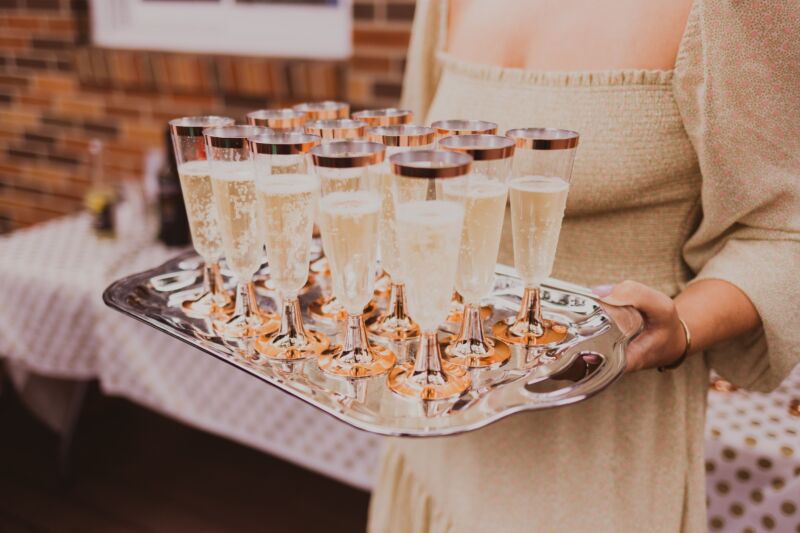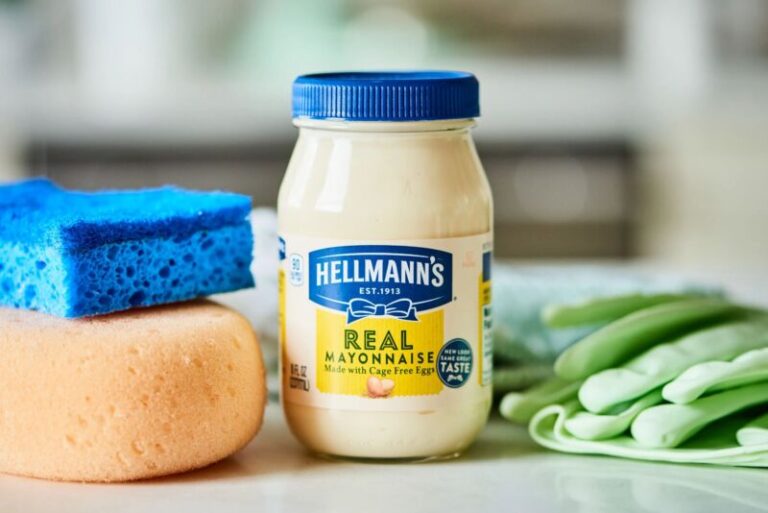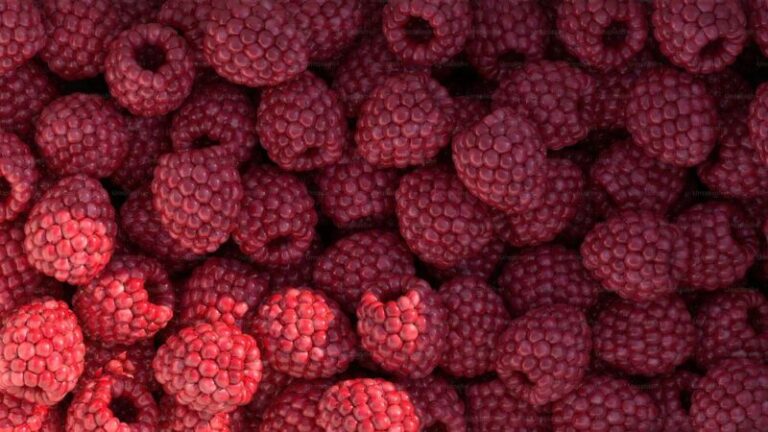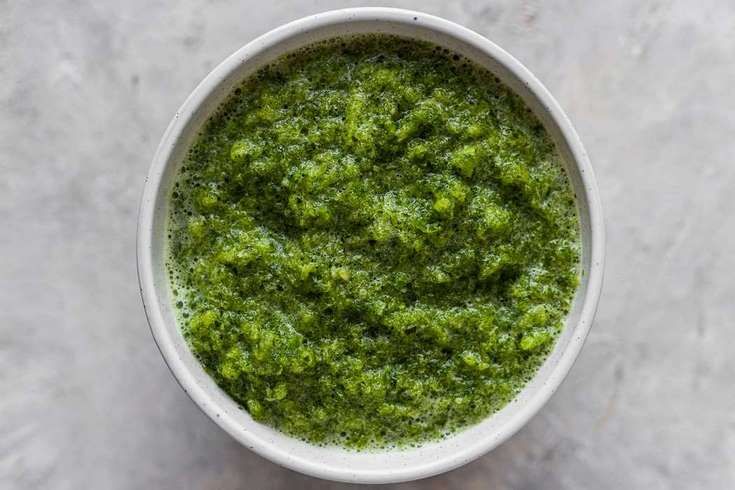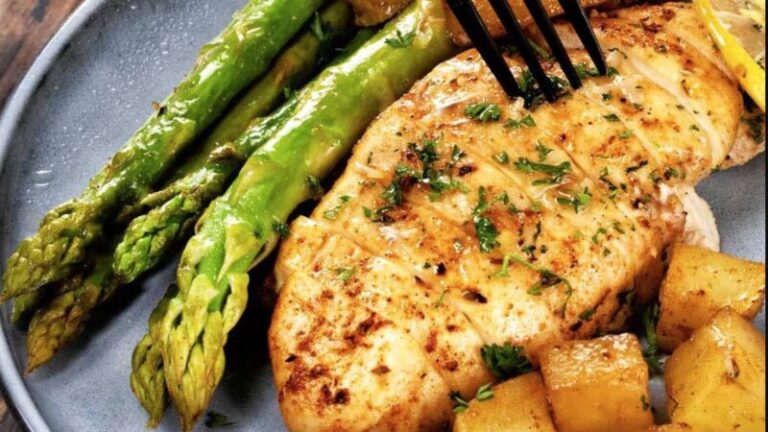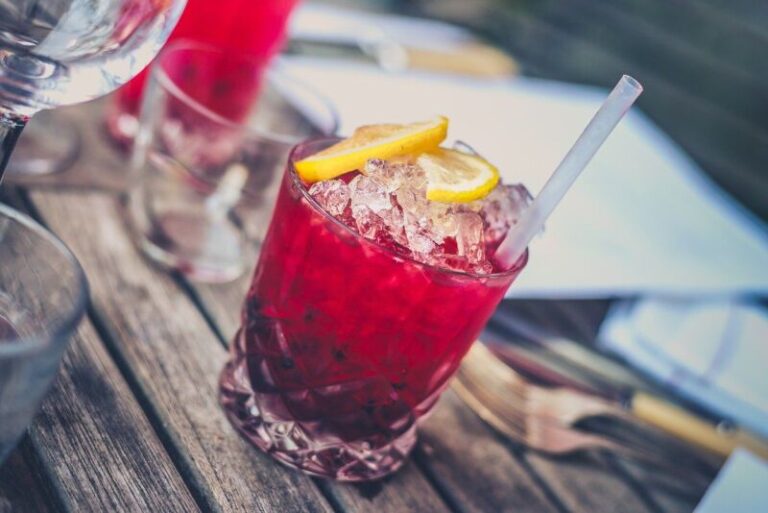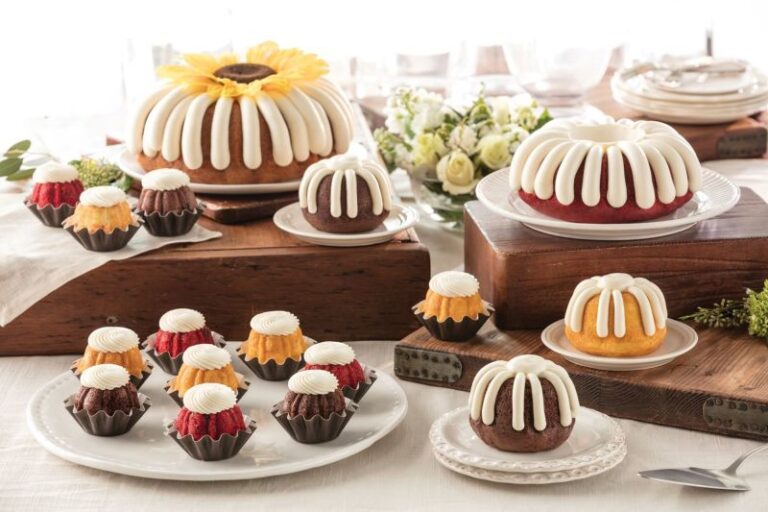Where Do Champagne Bubbles Come From?
Have you ever wondered where the bubbles in champagne come from while popping open a bottle to celebrate a special occasion? The tiny bubbles are an integral part of champagne’s allure, but their origin and fascinating behavior are not common knowledge. Read on to learn the science behind champagne bubbles and appreciate the artistry that goes into crafting the perfect sparkling wine.
The Magic of Bubbly
Champagne is synonymous with celebration. The sparkling wine originating from Champagne, France, is a customary part of ringing in the new year, toasting newlyweds, launching ships, and commemorating achievements. The delicate bubbles contribute to champagne’s mystique and elegance. But have you ever stopped to wonder—where exactly do the bubbles come from? It turns out that champagne bubbles emerge from a complex chain of events rooted in chemistry and physics. Understanding the nuances can help demystify the magic of champagne.
Dissolved CO2: The Bubbly Brew
To appreciate where champagne’s effervescence originates, you must first understand some basics about the chemistry of carbonation. Carbon dioxide (CO2) is naturally produced during the fermentation process. Yeast consumes sugar and converts it to alcohol and CO2.
An average bottle of champagne contains about 9 grams of dissolved CO2—the source of those tiny bubbles. Based on Henry’s Law, liquids can only hold a limited amount of gas under pressure. That 9 grams of CO2 can generate an astounding 20 million bubbles in your flute!
The high pressure inside a bottle of bubbly keeps the CO2 dissolved. Pop the cork, and the gas is released. The drop in pressure allows the CO2 to come out of solution and form bubbles. But that gas release happens violently fast. The cork can rocket off at up to 30 miles per hour!
All that built up pressure means the gas inside a champagne bottle is equivalent to 5-6 times the normal atmospheric volume. No wonder it can propel a cork at such extraordinary speeds. Yet despite this high concentration of CO2, as much as 80% of it can still be lost from just popping the bottle.
Nucleation Sites: The Birth of Bubbles
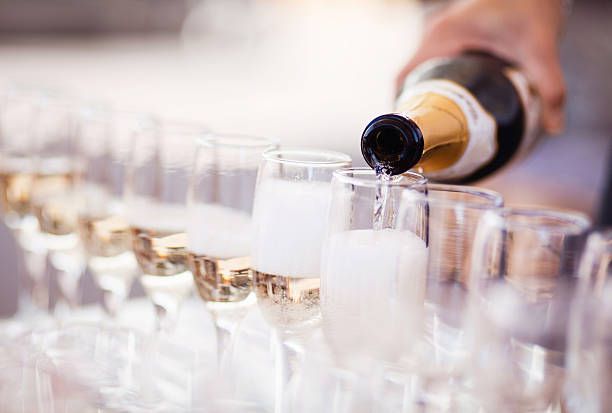
You’ve seen how agitating champagne generates bubbles. But how exactly are they born? For bubbles to form, CO2 gas needs something to cling to. Microscopic particles called nucleation sites provide that surface.
Cellulose fibers shed from paper towels used in the production process often stick to the glass. These fibers and imperfections in the glass surface act as nucleation sites. As gas accumulates, a bubble grows until buoyancy lifts it off the nucleation site and sends it rising to the surface.
Bubbles can emerge from these sites at an incredible rate—up to 400 per second! An average glass of champagne contains about 20 million bubbles. But it only takes 30 minutes to release them all. Clearly, nucleation sites beget bubbles at astonishing speeds.
Shape Shifters: The Impact of Glassware
The shape of your champagne glass significantly impacts bubble behavior. Flutes and coupes don’t allow bubbles to express their full potential. Why? Surface area and shape.
A flute’s tall, narrow bowl concentrates CO2. Too high a concentration can irritate your nose. Coupes look lovely, but their wide bowl disperses CO2 instead of concentrating aromas. Plus, bubbles reach the rim too quickly before expressing aromas and flavors.
Instead, opt for a tulip-shaped wine glass. The tapered bowl provides an ideal surface area and shape for bubbles to do their work. The rising stream of bubbles creates a circulation pattern. This movement gently stirs the champagne, releasing aromas and directing them upwards.
Fast and Furious: Bubble Bursting
A bubble’s journey is fast but extraordinary. As they rise through the champagne, bubbles absorb and concentrate flavor compounds. When they reach the surface and burst, the CO2 gas erupts in a mist above the glass. This violent bursting ejects droplets of concentrated champagne into the air!
These tiny champagne ejections are like flavor and aroma fireworks, enhancing your sensory experience. They stimulate your sense of smell by shooting atomized wine to your nose. Try champagne in a flute vs. wine glass to experience the difference yourself.
Bigger is Better: Magnums and Bottles
You may have noticed how swiftly bubbles dissipate in a basic champagne flute. Within 30 minutes, they’ve fizzled out. But magnums and larger format bottles help conserve bubbles.
A magnum contains 1.5 liters, double the volume of a standard 750 mL bottle. With more liquid, there is greater surface area contact between the wine and CO2 bubbles. This increased volume means more bubble nucleation sites. So bubbles are sustained longer in magnums.
The larger volume also holds more dissolved CO2. With more gas in solution, bubbles can continue forming for a longer duration before it diffuses from the wine. So if you want long-lasting bubbles, opt for a magnum!
The Origins of Bubbly
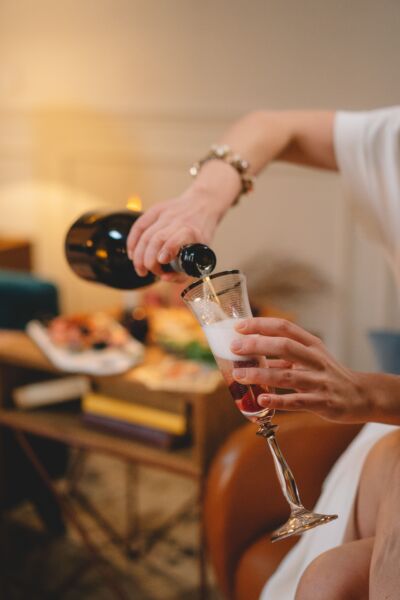
Sparkling wine originated from a happy accident. Historians believe bubbles were first documented in ancient Greek wine around 300 AD. But the presence of bubbles was considered undesirable at the time. It was a flaw indicating spoilage.
Champagne itself did not intentionally start producing sparkling wine until the 1500s. Back then, wine was bottled before finishing primary fermentation. The wine continued fermenting in the bottle, yielding CO2 bubbles. At first this was considered a fault, but over time winemakers learned to harness it.
Dom Pérignon is erroneously credited for “inventing” champagne. In truth, he helped perfect the methode champenoise process through trial and error. This gradual fine-tuning of techniques over centuries is what elevated Champagne’s sparkling wine to prominence.
Méthode Champenoise: Crafting Bubbly the Traditional Way
Champagne’s elaborate bubbly-making process is called méthode champenoise. While it originated in Champagne, this technique can be used anywhere. The method involves two separate fermentations.
First, grapes are pressed into juice which is fermented into still wine without bubbles. Next, yeast and sugar are added to trigger a second fermentation in the bottle. This is when CO2 is produced and dissolved, creating those iconic bubbles.
Once this fermentation ends, the dead yeast cells accumulate at the neck. The bottles undergo riddling to consolidate the deposit. Then it’s frozen and disgorged. Finally, the dosage of wine and sugar replaces lost liquid before corking.
This intricate méthode champenoise requires expertise, effort, time and ideal climate. But the reward is tiny, persistent bubbles with a beautiful foamy mousse—the hallmark of quality champagne.
Alternative Methods
Méthode champenoise is the gold standard, but some producers use shortcut methods to reduce cost and effort. The Charmat or tank method conducts the second fermentation in large tanks instead of individual bottles. The resulting sparkling wine tends to have less effervescence and finesse.
The lowest quality approach is direct injection of CO2 into the bottle of still wine. This bypasses the second fermentation entirely. Budget wineries favor this fastest, cheapest route to bubbles. But it lacks the complexity attained from méthode champenoise.
Pétillant naturel or pét nat is a trendy natural winemaking technique. Bottles undergo just one fermentation, so light bubbles are retained when it finishes. Pét nat is easy drinking with bright acidity, low alcohol, and a fun bubbly personality.
The King of Bubbly Reigns
Without a doubt, Champagne remains the pinnacle of sparkling wine prestige. It is the origin of intentionally produced bubbly, perfected over centuries. Lesser sparkling wines may quench your bubble craving, but true champagne offers an unparalleled experience.
Of course, high quality sparkling wine now emerges from wine regions worldwide. Italy’s Prosecco, Spain’s Cava, and California bubbly have gained popularity. Emerging cool climate regions like England and Tasmania also boast impressive sparkling wines.
In fact, Britain has become an unexpected rising star in premium bubbly. Queen Elizabeth II even served her own sparkling wine from Windsor Great Park vineyards at state banquets! But champagne retains its crown for cache, quality, and bubbles done right.
Conclusion
Hopefully you’ve gained a new appreciation for the artistry and scientific complexity behind champagne’s alluring bubbles. From dissolved CO2 to nucleation sites, bottle shape to disgorging, this iconic sparkling wine involves an intricate production process. Its delicate effervescence comes from the chemistry and physics of gases in solution.
Champagne offers a magical sensory experience, from the pop of the cork to aromas bursting on your palette. Its elaborate méthode champenoise demonstrates that skill and effort are required to craft quality bubbles. So next time you raise a flute, understand you’re enjoying the culmination of centuries of passion. Cheers to the bubbles!
